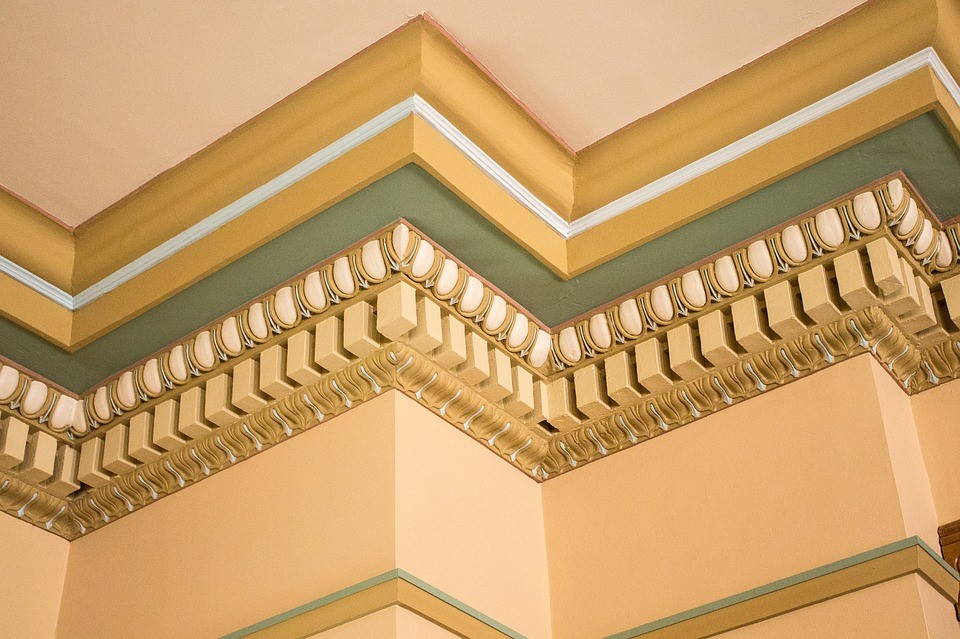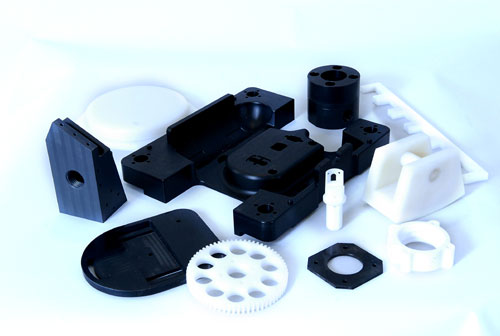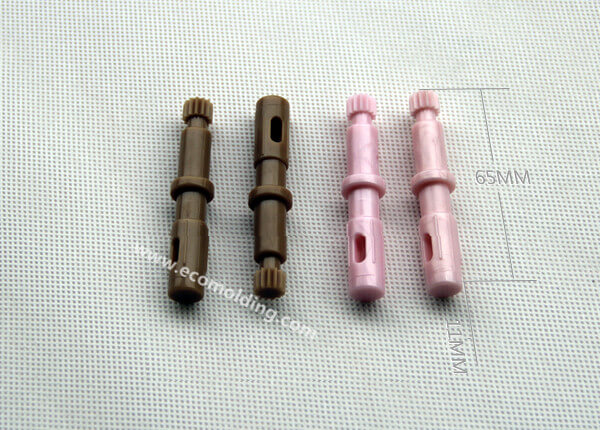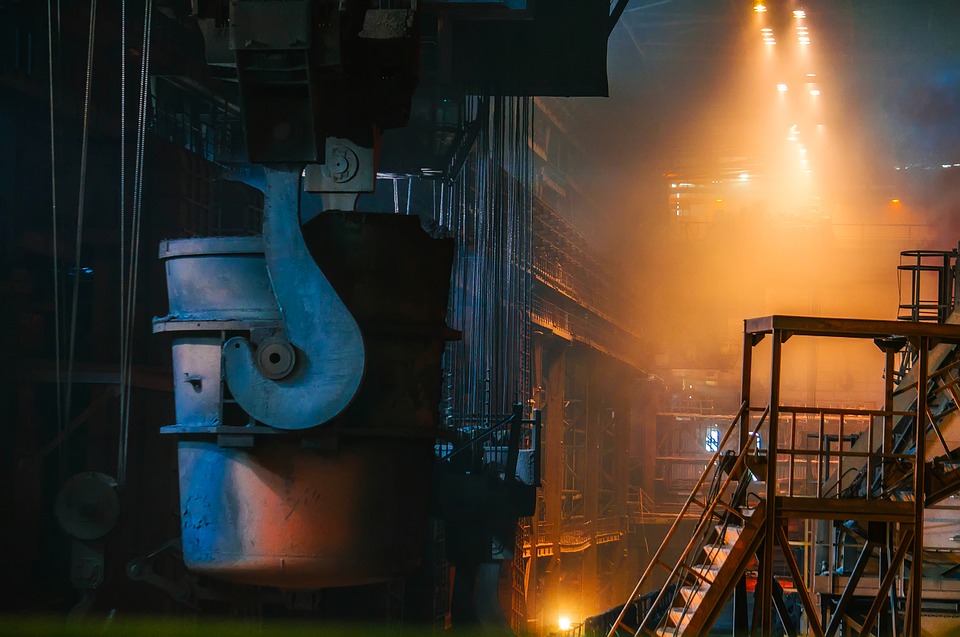Building a house is a dream everyone wants to accomplish. However, this depends on the house you want to build. Currently every one of you is capable of building a house depending on his or her financial capabilities. Not everyone wants to build a house but others want to build a home that is fully furnished and well decorated.

To accomplish this it means you must be financially stable or if not borrow from any financial institution. If you are a house enthusiast, I know you must be well versed with the new technologies used to construct a decent house. An excellent house decoration is what you want when you construct a house.
Nevertheless, do you know what technique you should use when decorating your house? Crown molding, is a technique that you should use. I know it may seem so new to you but I guarantee excellent decorations that you will love.
History of Crown Molding in House Decoration
This technique has various methods of house decoration. Crown molding was first used in Ancient Greece and Rome. The Greeks used several shapes when molding their houses such as parabola, hyperbola, or ellipse. However, the Romans used circles in decorating their houses. This technique provides a classical architectural design whose use has evolved since the ancient times.

Carpenters embraced this molding technique all over Europe. They used gouges, hand planes, and chisels to ensure the dentil is correctly arched, sandpapered, and fixed. Using this technique was considered heritage by most people and could be afforded by the rich and mighty.
This myth however does not make sense currently due to the evolution of crown molding.
The Crown Molding Intrigue
As a DIY home changer enthusiast, you will not always end up with what you picture. To skip such inconveniences you can utilize a coped joint for inside corners. This spares you inconvenience of wrong pre-determination of the correct inside degree measurements; most corners are not precisely 90 degrees.
Outside corners must be mitered and consideration taken in estimating and cutting, since not every outside corner measure genuine. On the off chance that the point is not precisely 45/22.5 degree, you can use a corner-estimating gadget or bit of scrap crown molding might be utilized to acquire the correct estimation before making a polished product.
Styles of Crown Molding
Decorating your house using this technique is brings a worthy appearance to your house. Nevertheless, there are different styles of crown molding.
-
Medium-Density Fiberboard Crown Molding
MDF’s invention was in the 1980s mainly in European and American countries. This technique uses residue of both softwood and hardwood that has been converted into timber fibers. This is accomplished by use of resin binder, wax, and application of high temperatures and pressure.
This molding technique is cheaper when you compare it to other crown molding styles. You must paint if you want exemplary appearance. Cutting and installing MDF seems a challenge for many constructors but only experts can do it perfectly. Denting this style is the simplest crown molding style.
-
PVC
A crown molding style that is mostly used for bathroom decoration. Enriching Moldings exist in horde frames. Each intended for a particular reason; confining an entryway, for instance, or giving a visual change at the intersection of dividers and ground surface. Such a large number of sorts of trim adorn our homes today; it is regularly hard to recognize them.
-
Pearl
Globule and pearl moldings are two extraordinary, however fundamentally the same as, sorts of trim. Both element a line of little, symmetrical circles. Combined regularly with different plans: leaves, darts, or axles, this assortment of trim commonly goes with crown or seat railing.
-
Packaging
Packaging is intended to cover the incomplete hole amongst dividers and entryway or window outlines. Despite the fact that distinctive varieties of entryway packaging styles are promptly discovered the width of packaging for the most part traverses a few inches.
-
Baseboard and Baseboard Styles
Used to trim dividers where they join flooring, baseboards for the most part measure three to five inches. Baseboard styles are typically basic, and complemented with a little bit of quarter-round; semi-roundabout trim.
-
Crown
This trim is the “delegated” structural component of a room, as it finishes the progress amongst dividers and the roof. Crown moldings, otherwise called cornice moldings, normally brag overwhelming outlines – albeit numerous kinds of crown shaping exist.
-
Chair Rail
Seat railing is practical trim intended to shield dividers from being harmed by furniture. Obviously, it can likewise serve a beautifying capacity, portraying two distinct kinds of divider covers, paint, and backdrop, for example.
-
Picture Rail
Picture railing permits work of art casings to be hung without nails being driven specifically into the divider. Frequently joined with crown shaping, this sort of embellishment is maybe a couple inches tall and seems seven to nine feet off the floor.
-
Inlet
Otherwise called coving, bay embellishment is plain, sunken formed trim utilized where dividers and roofs meet. It can likewise be utilized on stairs, at the gathering of risers and treads. Generally, inlet might be viewed as a less luxurious form of crown.
-
Dentil
An elaborate detail with a Classical family, dentil shaping comprises of little, uniformly dispersed squares in a rehashing design. Joined into crown shaping, dentils are as often as possible found in noteworthy homes.
-
Egg and dart
For the most amount witnessed together with crown or seat railing, egg-and-dash bring into being integrates oval egg shapes; displayed after old Greek format trimming rotating with V-like darts.
Crown Molding Installations
To install crown moldings you have to connect seams to where your ceiling meets the walls. There are two regular approaches to design inside corners:

-
Using a compound miter saw.
By using a compound miter saw, you cut the finishes of the corner pieces simultaneously along two axes.
-
Coping
Coping/adapting is a two-stage process
- Cut a basic miter
- Use a coping saw to undercut miters.
The Future of Crown Molding

A wide range of manufacturing organizations is currently fabricating crown molding materials as plastic and froth. These commonly are offered with corner pieces and are the mainstream with DIY home change enthusiasts.













































